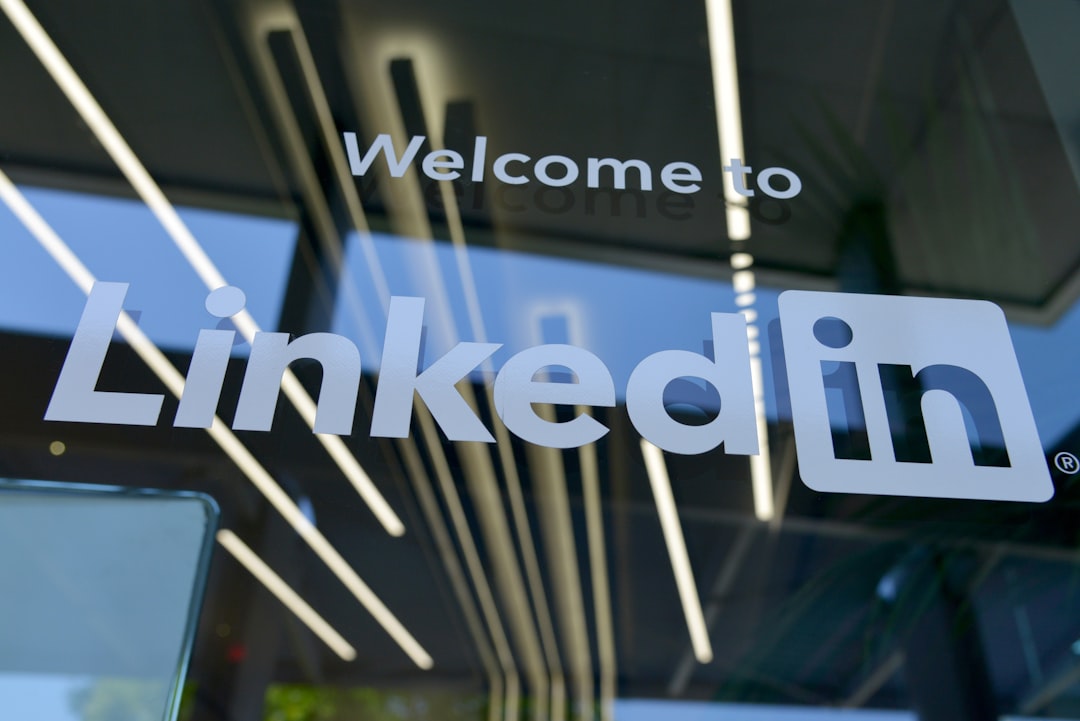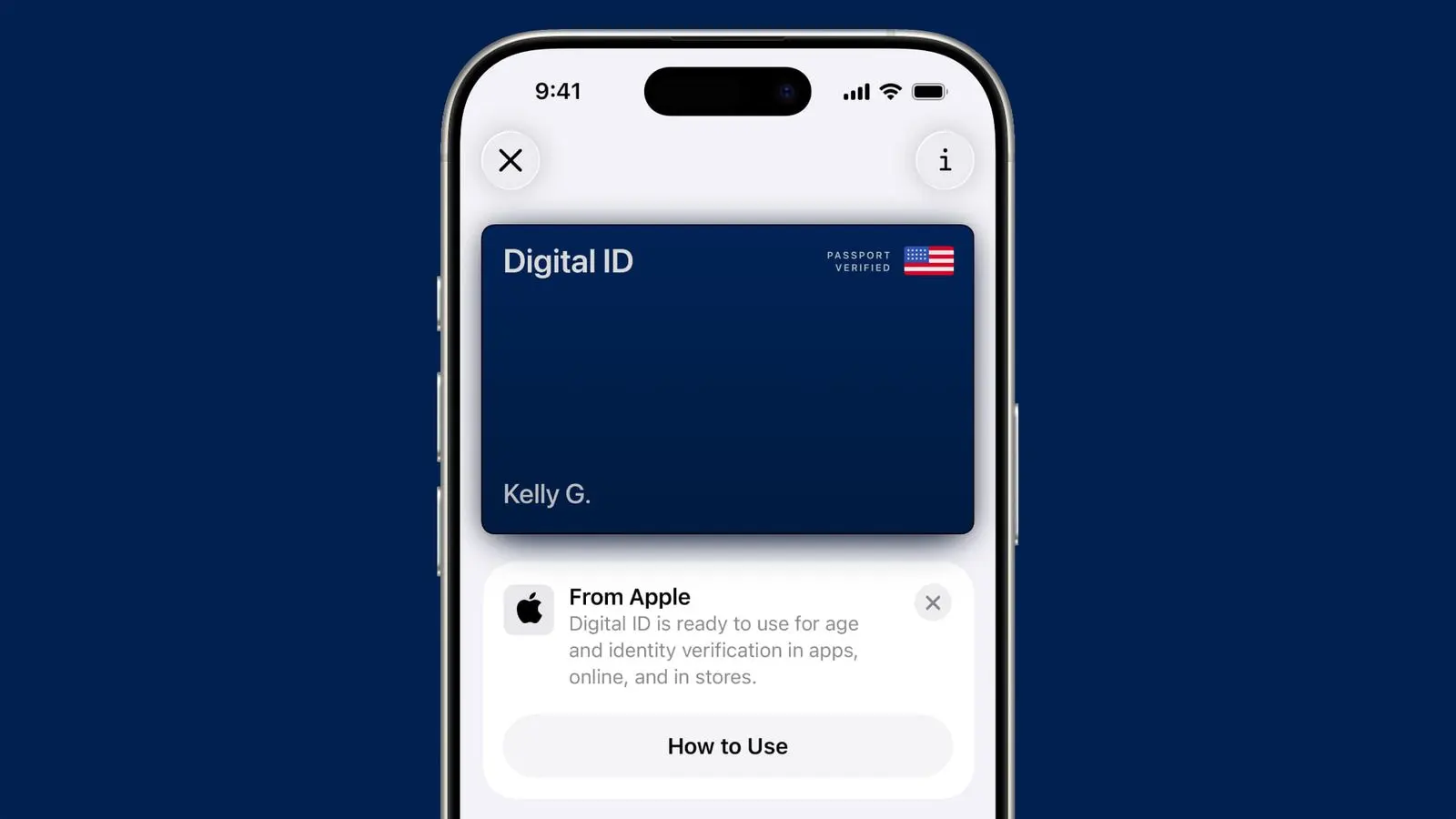Scammers are impersonating well-known companies on LinkedIn
LinkedIn job scams often involve fake offers, impersonation, and requests for personal or financial information.

Key red flags include offers that seem "too good to be true," requests for payment for jobs, and communication through unprofessional channels like text or instant messaging. To avoid them, verify company and recruiter credentials, do not provide payment, and report suspicious activity to LinkedIn.
Signs of a job scam
- Unrealistic Offers : Pay or benefits that are significantly higher than typical for the role.
- Pressure to Act Quickly : Scammers create a sense of urgency to prevent you from thinking critically.
- Requests for Payment : You are asked to pay for equipment, training, or background checks, which legitimate companies never do.
- Communication through unofficial channels : Initial contact is made through text message or platforms like WhatsApp, not the official LinkedIn messaging system.
- Poor communication : Emails or messages contain numerous spelling and grammatical errors.
- Requests for sensitive information : You are asked for personal data like bank account numbers early in the process.
- Impersonation : Scammers may use the name of a real company, but the email address or LinkedIn profile doesn't match.
- Fake checks : You may receive a fake check to purchase equipment, and once the check bounces, you are out the money you sent.
How to protect yourself
- Verify the company and recruiter : Do not rely solely on the LinkedIn profile. Search for the company online and visit its official website to see if the job is listed on their careers page. Check the recruiter's profile for a history, connections, and a professional email address.
- Do not pay : Never pay for a job-related item like equipment, software, or training. Legitimate companies provide these or have them available through an official process.
- Keep communication on LinkedIn : If a recruiter contacts you on another platform, suggest they continue the conversation on LinkedIn.
- Be wary of "too good to be true" offers : If an offer seems too good to be true, it likely is.
- Do not share sensitive information : Never provide personal details like your bank account, credit card, or Social Security number before being officially hired and verifying the company's legitimacy through official channels.
- Report suspicious activity : If you encounter a scam, report the profile or job posting to LinkedIn by clicking the "More" button (three dots) and selecting "Report".
Step-by-step guide to protect yourself
The scams are real and becoming prolific on LinkedIn. One important thing to keep in mind, and which many companies who are hiring have said within their job posts; DO NOT RESPOND to any job offer from the company unless the link corresponds to the company’s website domain. In fact, many companies are listing their specific website or domain for inquiries. Scammers rely on a misunderstanding of how to do this. To match a domain in an email address (from a recruiter, for instance) to a company website, you are essentially trying to determine whether the domain (after the “@“) corresponds to a legitimate business website. Here is a step-by-step guide of how to do it:
- Extract the Domain from the Email : From john.doe@example.com, the domain is example.com.
- Visit the Domain Directly : Type https://example.com into your browser and determine if it redirects to a company website or shows a landing page.
- Check WHOIS Information : Use a WHOIS or ICANN lookup tool to find registrant name, organization and contact information. This helps verify if the domain is owned by a company.
- Search the Domain on LinkedIn : Type the domain into LinkedIn’s company search. Many businesses use their domain as part of their LinkedIn profile.
- Use Email Verification Tools : Tools like Hunter.io, ZeroBounce, and MailChecker can onfirm if the domain is associated with and actively used by a business and shows company profiles linked to the domain.
- Check for MX Records : Use tools like MXToolbox to check if the domain has mail servers. The presence of MX records suggests it’s actively used for email. Checking for MX records using tools like MXToolbox will indicate whether the domain is configured to send and receive email, which adds credibility.
- Look for Branding Consistency : Compare the domain name to the company name and verify that the website uses website branding including logos, contact information, and that branding matches the email sender.


